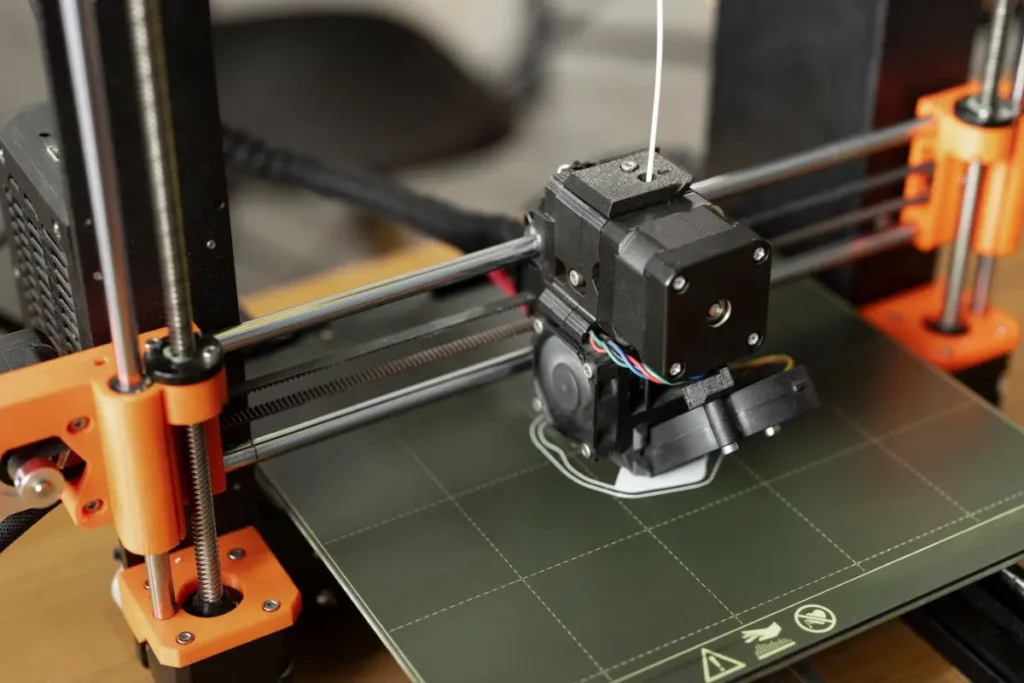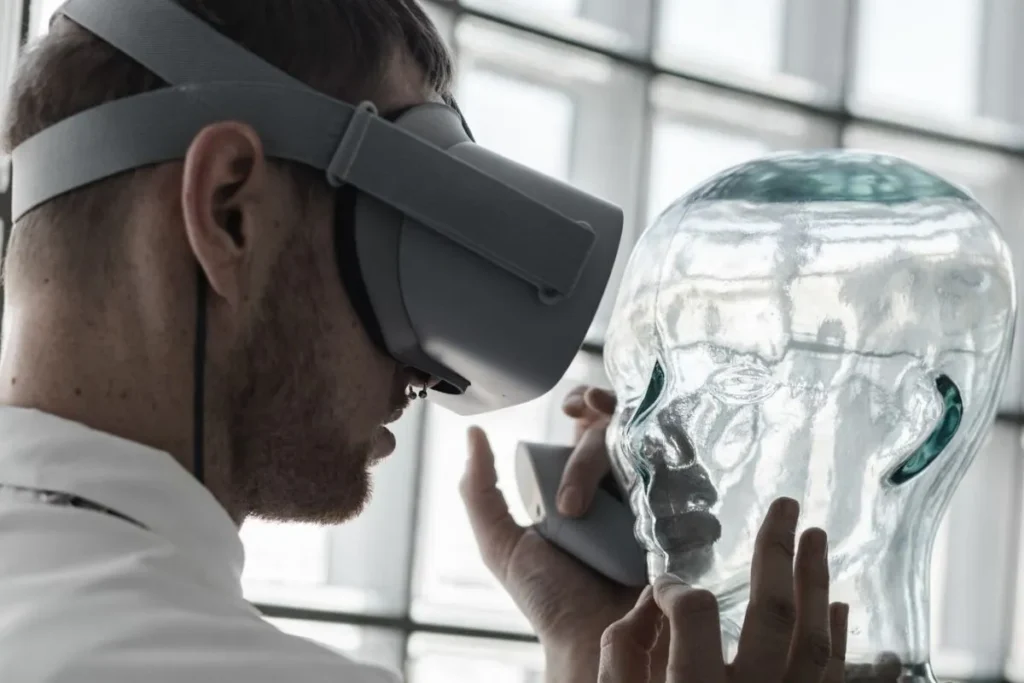Custom Medical Implants with 3D Printing are revolutionizing the healthcare industry, providing personalized solutions for patients. These implants are created to match the patient’s specific anatomy, ensuring a perfect fit.
Advancements in 3D printing technology have made it easier to produce these custom medical implants quickly and efficiently. This article explores the techniques and benefits of using 3D printing for medical implants.
Increasingly, healthcare systems are adopting this advanced technology to improve patient outcomes and overall care quality. We delve into why this method is becoming so popular and its various applications.
Understanding Custom Medical Implants with 3D Printing
The concept of custom medical implants involves designing implants that are unique to each patient. This customization is achieved through 3D printing, also known as additive manufacturing.
With 3D printing, medical professionals can create implants using patient-specific data from imaging technologies like CT scans or MRI. This ensures the implants fit precisely and function optimally within the patient’s body.
From dental to orthopedic implants, this technology allows for a wide range of applications that benefit various fields of medicine.
Techniques in 3D Printing for Medical Implants
Several techniques are employed in 3D printing for creating medical implants. Each method has its own advantages and is chosen based on the specific requirements of the implant.
Selective Laser Sintering (SLS) is popular for its ability to construct complex geometries with high strength. Stereolithography (SLA) is another technique that delivers precise and smooth finishes, ideal for detailed implants.
Fused Deposition Modeling (FDM) is widely used due to its cost-effectiveness and capability to use a variety of biocompatible materials. These techniques combined enable the creation of sophisticated and effective medical solutions.
Patient-Specific Data Integration
Integrating patient-specific data into the 3D printing process is crucial for the customization of medical implants. This data is often gathered through detailed imaging technologies.
Software tools convert this imaging data into digital models, which are then used to design the implant. Ensuring a high level of precision in this modeling process guarantees that the final implant will meet the specific needs of the patient.
Using these methods, surgeons can plan and simulate surgeries, reducing risks and improving outcomes significantly.
Benefits of Custom Medical Implants with 3D Printing
The benefits of 3D printing in creating custom medical implants are numerous, greatly enhancing patient care and surgical outcomes.
One significant advantage is the ability to tailor each implant to the patient’s specific anatomy. This enhances comfort and functionality, leading to faster recovery and better overall patient satisfaction.
Furthermore, 3D printing allows for quicker production times compared to traditional manufacturing methods. This is especially beneficial in time-sensitive medical situations.
Personalized Healthcare
Personalized healthcare is at the core of using custom medical implants with 3D printing. Each implant is designed with the individual patient in mind, which means the fit and function are second to none.
Patients receive implants that match their anatomical structure perfectly, reducing the risk of complications and increasing the longevity of the implant.
This approach to healthcare not only improves patient outcomes but also fosters a more patient-centric model of care, enhancing the overall healthcare experience.
Advanced Technology and Precision
Utilizing advanced technology in medical practices brings a new level of precision to the creation of implants. Precision in 3D printing ensures that even the smallest details are accurate, which is critical in medical applications.
This precision leads to better fitting implants, reducing wear and tear, and extending the life of the implant. It also allows for the creation of complex structures that would be impossible with traditional methods.
Overall, this advanced technology supports the development of innovative treatment options, benefiting patients and healthcare providers alike.
Applications of Custom Medical Implants with 3D Printing
The application of 3D printing to create custom medical implants spans various fields, offering numerous advantages tailored to each specialty.
In orthopedics, 3D printed implants can be used to precisely fit bone replacements, improving integration and recovery times. Cranial and maxillofacial surgery also benefits, allowing for the creation of implants that mimic the natural contours of the skull and face.
Additionally, dental implants are made more accessible and efficient through 3D printing, providing patients with quicker and more customized dental solutions.
Future Prospects
As technology advances, the prospects for custom medical implants continue to grow. Innovations in 3D printing materials, such as biocompatible and biodegradable options, are expanding the possibilities.
Researchers are exploring the potential of using stem cells and bio-inks in 3D printing, aiming to create fully functional organs and other complex tissue structures.
This future holds promise for further reducing the cost, time, and complexity of producing medical implants, ultimately enhancing patient care.
Challenges and Solutions
Despite its advantages, certain challenges exist in the widespread adoption of 3D printing for medical implants. Regulatory hurdles and ensuring consistent quality across products are significant concerns.
Solutions involve stringent quality control measures and collaboration between regulatory bodies and healthcare providers to establish comprehensive guidelines.
Continuous research and development also play a key role in overcoming these challenges, ensuring the technology remains cutting-edge and reliable.
Pioneering a New Era in Healthcare
The integration of 3D printing in creating custom medical implants is pioneering a new era in healthcare. This advanced technology enhances patient-specific care, ensuring precise and effective treatment.
By embracing these innovations, the medical field is set to achieve remarkable advancements in patient outcomes, offering treatments that were once considered impossible.
Looking ahead, the continued growth and application of 3D printing in medical implants promise to revolutionize how we approach patient care and medical treatments.
Frequently Asked Questions
What are custom medical implants with 3D printing?
Custom medical implants with 3D printing are implants tailored to a patient’s unique anatomy created using 3D printing technology. They ensure a precise fit and improved functionality.
How does 3D printing improve medical implants?
3D printing allows for high precision, customization, and quicker production times. It enables the creation of implants that fit perfectly and reduce complications.
What types of medical implants can be 3D printed?
Various types such as dental, orthopedic, cranial, and maxillofacial implants can be 3D printed. The technology is also being explored for creating more complex tissue structures.
What are the main benefits of 3D printed medical implants?
The main benefits include personalized fit, rapid production, and enhanced patient outcomes. They also reduce the risk of complications and improve surgical planning.
Are there any challenges in using 3D printing for medical implants?
Yes, challenges include regulatory hurdles, quality control, and ensuring consistent product quality. Continuous research and development aim to address these issues.



